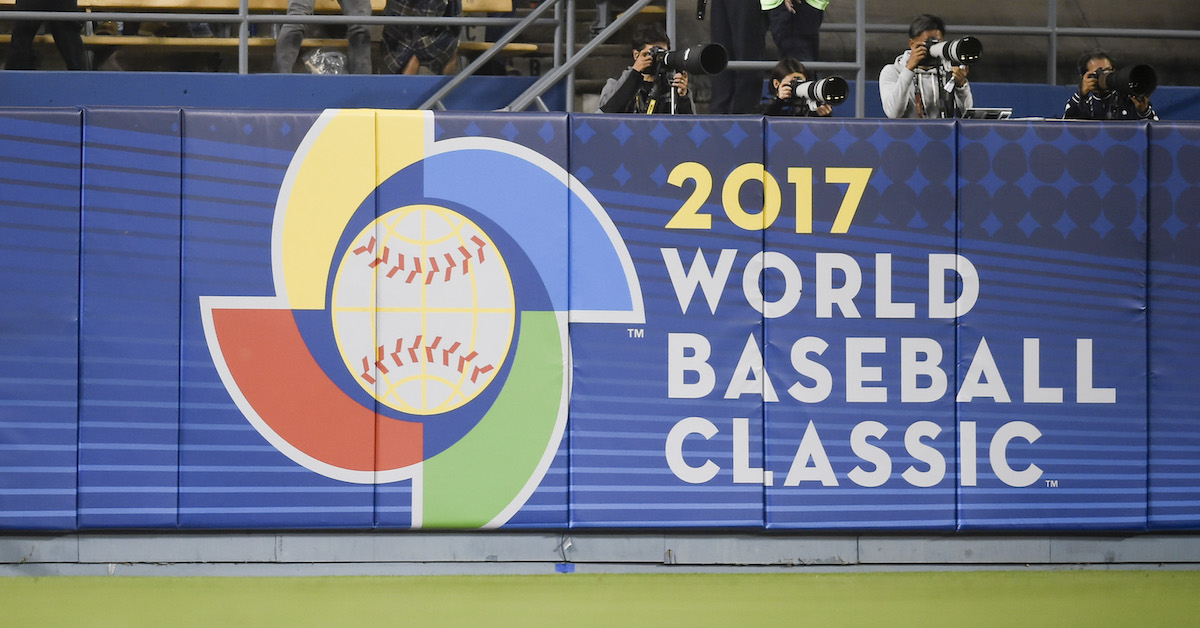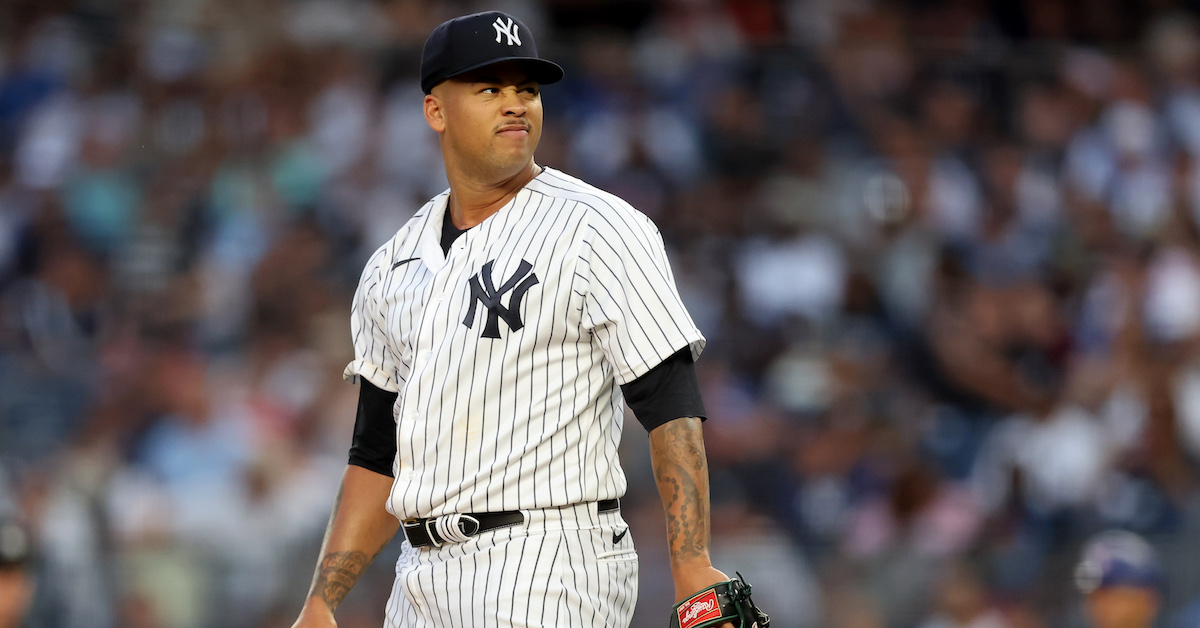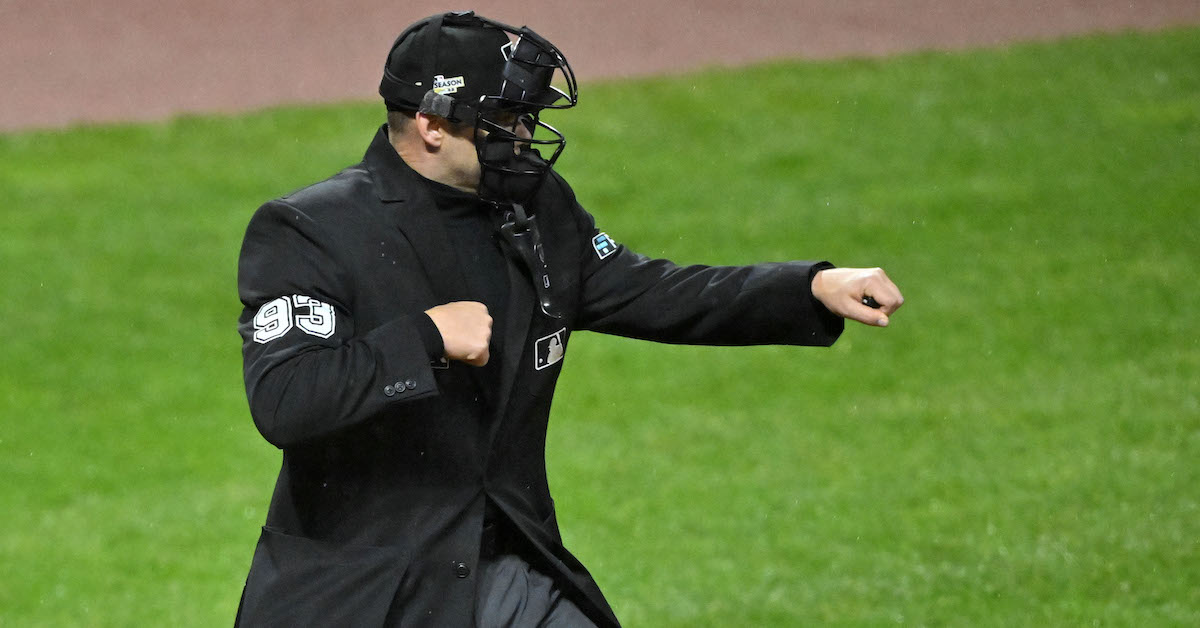Updating the International Player Rankings

Prospect Week continues with an update to the International Players section of The Board. Some of it is housekeeping, while some of it is scouting-driven and news-oriented.
Let’s begin with the housekeeping. For those of you who don’t care about this sort of thing and want to skip ahead, I’ve indicated below where the housekeeping ends. As you can see in the dropdown menu on the International Players tab, there has been a nomenclature change when the lists transition from 2019 to 2021. There was essentially no 2020 signing class because the pandemic pushed what was supposed to be the July 2nd 2020 class to January of 2021. It doesn’t appear that the international signing period calendar will ever return to the pre-pandemic July-through-May structure; the current format is either here to stay, or at some point we’ll get an international draft. We had previously referred to a given year’s signing period as its “July 2 Signing Period” because it ran across two calendar years, until the following May. If a prospect signed in April of 2015, for instance, he signed during the “2014 July 2 Signing Period.” Now that the signing period is basically flush with the calendar year, going forward we’ll refer to it as “20XX International Signing Period” on the prospect lists and “20XX International” on The Board. Capsules for players who signed in 2019 or earlier will still say “July 2nd Signing period, 20XX” until the prospects from that era are no longer part of the prospect population. Read the rest of this entry »








